-
Posts
4,879 -
Joined
-
Last visited
-
Days Won
119
Content Type
Profiles
Forums
Events
Gallery
Everything posted by Mayner
-
As a retired Health & Safety Inspector (Irl & NZ) Mr Elfin Safety would not be interested if they came across a "ceir gwyllt" (wild car) operation unless people were paying or being paid to ride the cars. Back in the day the Quarrymen (& one Quarrywoman) were on their way home from work using their own ceir gwyllt (not legally working and covered by health and safety legislation, but if they were getting paid or the quarry supplied the car it would have been a totally different situation. https://www.vintag.es/2023/12/car-gwyllt.html First question I asked myself when attending an accident scene or responding to a complaint was whether Mr Elfin Safety, Police or Council was the regulator and try and if in doubt kick for touch It looks like the ceir gwyllt were used on one Bleanau quarry until the 1940s, it looks like the guys piling up may have been playing to the camera. Two of the remaining quarries in Bleanau largely became tourist operations by the 1980s though no ceir gwyllt re-enactment. One of the quaries takes visitors underground using an inclined cable car. In certain respects the risks involved in riding a wild car on an incline are not a lot different to motor cycle scrambling or advanced mountain bike/BMX. The Festiniog continues to operate Gravity Slate trains (loose coupled) over its main line during galas and events, with Brakemen strategically positioned in wagons throughout the train, presumably covered by the railways Safety Case.
-
CIE produced an A4 spiral bound book with black & white photos and outline diagrams of freight stock and containers (in use and proposed) during the late 60s/early 70s in connection with its freight modernisation scheme. Seems to have been an internal use CIE document intended for staff in the freight sector I go a glimpse of the book at an MRSI Club night 50 odd years ago, but the club does not appear to have received a copy Its possible that there may be a copy in the IRRS Archive/Library or model railway club libraries.
-
Don't know about other dimensions the GNSR/SECR locos had 6' driving wheels & 18X26 cylinders same as the ex DSER D8 & D9 4-4-0s & C2 4-4-2T which appear to have been a tank version of the D8. The 4 D9s were elegant locos in their original form but had the reputation of being a failure & poor steamers, although one was rebuilt with a D8 boiler, the un-rebuilt locos had all gone by the mid-30s the rebuilt loco in 1940. One of the 2 D8 was a Civil War casualty the surviving loco withdrawn in 1949. Personally I don't believe its worthwhile to pay over £200 for a loco that requires major modification or a new body/superstructure to resemble an Irish loco. Harry (GSR800) has already comissioned a 3D printed model of the rebuilt MGWR As/GSR D6 using a Hornby D16/3 4-4-0 Chassis fitted with Hornby B1 wheel sets, the Hornby D16/3 may be a workable chassis for ex-GSWR Coey D2,D10-12 family of 4-4-0 and almost £100 cheaper than the Rapido GNSR/SECR model, & re-wheeled with B1 (or heavens forbid Gibson or Magib) wheels potentiaally open up the widely used GSWR/GSR D4 family of mixed traffic 4-4-0s.
-
A copy of a copy so to speak, received from Alan O'Rourke many years ago under the guise of 'The Loughrea Coach?" Came in very useful when producing the artwork for the Side Corridor and BSSGV
-
Elephants in the room. (a) CIE leasing or selling Navan Station/Yard to a prospective Heritage Railway operator. Establishing a Heritage Railway on the Navan Branch would be dependent of the willingness of IE/CIE to enter into a (long term) agreement to lease the line to a Heritage Railway Group (possibly with Meath Co Council acting as guarantor) and to maintain main line access to the Irish Rail network. With its (near) town centre location CIE Property Group are likely to be considering the sale of Navan Goods Yard for residential or retail development. (b) GSRPS and Westrail experience with loss of 'main line" connections to their Heritage Railway operations. IE disconnecting the 'main line" connections to the GSRPS at Mallow Shed and Fenit Branch during the late 1980s and Westrail's Tuam base during the mid 1990s was a significant contributing factor in the demise of their Heritage Railway operations. Although both Groups had leased depots and negotiated line access with CIE/IE, the connection to Mallow Shed (& restoration depot) was removed in connection with the Cork-Line re-signalling, the partially restored Fenit Branch disconnected in connection with CIEs sale of the North Kerry Yard in Tralee both late 80s. Westrail operated Excursion/Tourist Trains in Galway and Mayo from its Tuam base for several years during the Mid 80s-Mid 90s, including the restoration of GSWR 90 and the operation of a scheduled steam service between Athenry and Tuam on weekends for a number of years during Aug. Westrail's operations were severely disrupted by the 'temporary closure" of the Ennis Claremorris Line during the mid-90s to provide material for emergency track repairs (mainly Mayo line). IE closed Tuam signal cabin and disconnected Westrail loco depot and sidings from the network in connection with the re-opening of the Athenry-Claremorris to Asahi traffic in 1995-6 No 90 hauled trains of hired coaches between Galway-Athenry (1? season) and Cork-Cobh (final season). Apparently Westrail Cork-Cobh services (run in connection with a festival) were not successful financially, poor passenger loadings, cost of hired IE carriages, cost of transporting No 90 to Cork, cost of lodging Westrail maintenance/setam raising staff in Cork. (c) Use of Inchacore Works for storage/restoration of locos and stock. Reason for ITG re-locating to Moyasta and eventually Downpatrick Its doubtful that IE would be willing to allow Inchacore Works to be used as a base for storing/restoring locos and stock. ITG (and possibly others) were required to remove stored locos and stock from Inchacore mid-late 2000s, land/space required for construction of "Interconnector". The requirement to remove ITG locos and stock from Inchacore lead to the move to Moyasta where it was hoped/planned to build a museum, but planning application apparrently rejected by Clare Co-Council, space then unavailable at Downpatrick. Potential way forward. I guess the first step would be to see if there is sufficient interest in this group and other Irish on-line groups interested in establishing a Heritage railway in Navan, establish a group/comittee, sound out interest groups in Navan, Council, Chamber of Commerce, Tourist promotion, Irish Rail/NTA, CIE Property Group (willingness to lease+how much?), Irish preservationists Downpatrick, RPSI, Maam Cross, former Westrail and GSRPS comittee members, UK preservation group, how much is it likely to cost? how much money is the Group likely to capable or raising each year? If you think there is enough interest and the group is capable of raising the necessary funds go for it!
-
Needs to be narrated in a Beara-South Kerry accent/dialect with English subtitles, back in the 90s I had a work colleague (an accountant) from Sneem who some people thought he was French! Years earlier a girl in a Dunlaoire chip shop could not understand a colleague from North Kerry when he asked for sausageandchips and asked his friend from Meath to translate and became even more confused.
-
Less sophisticated that Eoin railcar roof formed from a balsawood block carved and sanded to shap then covered in aircraft tissue then coated in dope, roof panel joints formed with HMRS lining strip. Roof is grimy from 15+ years storage in a display case!
-
Well the Tin Vans have finally left the Shops, the 21mm gauge ones into storage & 3 temporarily re-gauged to OO to form a Mail Train made up of PO Van, two Hooded Vans and Heating & Luggage Van (orinally assembled in OO!) The downside is the train is too long for NorthWharf as there is only room for the loco and 2 4W vans in the Fiddle Yard/Traverser, so I guess its back to freight only and the vans into long term storage/Display Case. The main upside of (nearly) finishing the Tin Vans is that there is now space in the Shops to complete 229 a Coey J15 one of a pair of SSM kits I bought about 15-16 years ago and started to assemble about 7-8 years ago, but often sidelined by other more urgent, profitable or interesting projects. The main 'spotting' differences between the "Coey" J15 built in the early 1900s and earlier members of the class were (a) raised sandboxes on the leading splasher, (b) direct reversing lever (at an angle) rather than the "linkage" reverser, curving cab footsteps and slight difference in cab on some locos. No229 is based on a photo of the loco on a Limerick bound 'overload' goods at Ballycar on the Sligo-Limerick line, a saturated loco running with a larger GSWR Type B tender which indicates that the loco may have been regularly rostered to long distance goods work. No229s companion No124 is based on older the (much) more common version of the Class with distinctive lever reverser and more common smaller Type A Tender. Hopefully I will complete No229 within a shorter time frame than No124 picked up as a part built kit at Expo EM in 2001 and finally completed in 2022, though most of the work carried out since 2018 when I basically dismantked and re-built the chassis.!
- 392 replies
-
- 10
-

-
Glider tissue and model aircraft dope https://www.hobbies.co.uk/model-aircraft/aircraft-dope?srsltid=AfmBOorHFZXg02LqSNCGSOu6Y_sXSZZFPp3wtERYhPc1NJKBbtEUGQd9 worked out well for finishing balsa roofs on a pair of Worsley Works AEC railcars.
-
"Landslide" appears to have been caused by liquefaction of "quick clay" https://en.wikipedia.org/wiki/Quick_clay, described as a 'sinkhole' in a article on the slip https://www.forbes.com/sites/davidnikel/2025/08/30/travel-chaos-after-landslide-splits-norway-in-two/. "Quickclay' appears to be common in countries close to the pole including Norway/
-
The Great Northern and Western Railway--------Athlone-Westport and Ballina otherwise known as "Lord Lucan's line", or the Mayo Line The line was leased by the MGW in 1859 until amalgamated with the larger company in 1889/90. Whether genuine GNWR gate signs ever existed, I am not really bothered.
-
The IRRS in Library nights in Drumcondra station takes me back!. Some members used to stay close/run to the emergency exit door (kept ajar) to see what was passing/take the loco number of passing trains, mainly Night Mails and Liners when I attended in the late 70s. Sulzers had largely gone, loose coupled goods and banking had largely ceased. Regularly attended MRSI club nights at their North Richmond St premises close to the Midland "Liffey Branch" from the early 70s the majority of trains departing the North Wall loose coupled and banked could be heard from the basement clubroom or waiting for the bus home close to either the Ballybough (23) or North Strand (54) overbridges! Usually preferred the 23 as there was a good view of the railway in the Island Bridge area from the top deck of the bus on the way to the club on spring/summer evenings, those were the days!
-
Back in the day (early 1980s) I hoped that the GSRPS would convert Qs Class 131 into a facimilie of a GSWR Coey 4-4-0, strangely 131 would have been closer to ex DSER 4-4-0 No 454 apparrently the actual loco was based on the GNR Q Class design. At the time the GSRPS really appeared to be making progress as a preservation society. Establishing a base at Mallow, the loan of 131 to the Society and the successful move of the loco to Mallow, acquiring and restoring carriages suitable for an Excursion Train operation.
-
Im in my late 60s and have distinct memories of B101s in the late 60s-early 70s usually waiting at Island Bridge Junction to work Kingsbridge-Northwall transfer goods trains, though my first sighting of a B101 was in the terminal section of Dunlaoire on a parcel train. The B101s were bascially considered a "Southern engine" with Waterford one of their strong hold working over the Cork-Rosslare Route, Waterford-Limerick and Dublin lines, though there is a photo of a B101 in Supertrain livery on a north bound goods at Gort on the Limerick-Sligo line. The Class appear to have been mainly used on Kingsbridge/Heuston-Northwall transfer freights and possibly Kingsbridge-Dunlaoire parcel/mail trains in their leater years. Although less powerful than an Ar the B101s would have had an advantage over the 121 Class and single Bo Bos in working loose coupled goods trains over the steeply graded Island Bridge Junction-North Wall line. I bought a Qkits B101 in my teens, but the body was quite badly warped and at the time hadn't gained the skill to assemble or motorise the loco.
-
Possibly old news, Royal Mail https://www.postoffice.co.uk/mail/international-services?country=usa and other European postal services have temporarily suspended the shipping of packages to the United States. https://www.stuff.co.nz/world-news/360801044/european-postal-services-suspend-shipment-packages-us-over-import-tariffs. Seems to be tied up with the ending of the $800"deminimmis" exemption.
-

Narrow Gauge in the Rockies not quite
Mayner replied to Mayner's topic in US / Canadian Railway Modelling
Well weather was fine this afternoon with cold weather forecast during the next few days before the beginning of Metrological Spring, so decided to finish installing the trackbase on the "Pacific Extension" or tail track of the wye I removed several years ago. The Trackbase for plain track on the garden railway is best described as a T Girder in CCA treated timber supported on timber piles, while track in station yard areas are supported on what's best described as open framed or solid topped baseboards framed in 4X2 treated timber. While some repair/replacement of the track base has been required after 16 years, most should be good for another 10 or so years. The original intention back in 2017-8 was to extend the "Pacific Extension" as a branch line into further into the garden possibly to serve a mine or logging camp, but ended up as a temporary 'tail track" to a Wye for reversing/turningtrains with one end of the T girder supported on wooden packers before making a 'final decision" on the 'extension". In the end I decided to replace the temporary packing with a (timber) pile and reinstate the tail track to its original length. I usually use 4X2 treated framing timber used in decking and outdoor structure as the vertical element of the T and 4X4 treated again used for piling in decking & light outdoor structures. Top of the pile is notched to support the vertical element and pile is supported (clamped) a minimum of 100mm before the bottom of the foundation pad (on firm subsoil). Bagged quick set concrete (just pour in water) makes life a lot easier than hand mixing! The end of the existing wye originally installed 2018. Trackbase reinstated for some unknown reason I had two pieces of 6X2 that fitted without the need to cut, that once had been used for a trackbase with one end cut at a matching angle! The green is a wood preservative. Green off cut on the right is a Kauri (native hardwood) offcut from an old pergola of which I have some more in stock to replace some short(ish) sections of trackbase that have decayed during the past 17-18 years. Tailtrack reinstated to its original length. I snookered myself by planting an apple (supposedly plum) tree on the line of the original extension, only suitable place left in our garden for planting a fruit tree! First train to test the reinstated tailtrack, now long enough for a large loco plus 10 cars. I changed from using brass to aluminium rail for new work when I originally installed the tail track with some interesting reprecussions cropping up this year. Serious problems at rail joints as a result of the aluminium rail reacting with brass rail joints and in one case causing rail joiners to fail as they could no longer hold the rails in alignment This time round I lifted the affected track panels ran the rails through a railbender (rolls) and lubricated the new railjoiners with graphite paste (LGB). Despite this the re-laid joints on the curve still require attention the K27 2-8-2 loco tends to de-rail its leading driver on the curve when running forward, though no problems when propelling its train around the curve. -

"Voiding the Warranty" - Mol's experiments in 21mm gauge
Mayner replied to Mol_PMB's topic in Irish Models
There was a piece in one of the IRRS Journals on the incident. A Killarney or Trelee bound goods was wrecked at the Mill, apparrently the points were set for the siding rather than the Main Line. -
I There is an IRRS Journal Article (possibly early 1980s) on CIEs First Diesel Programme in 1945 which included a proposal for a "Luxury Tourist Train" and diesel locos. The original expectation appears to be that Bush and other potential suppliers would supply the Tourist Train and locos complete, but were unable to supply a complete tourist train or locos because of material shortages and the lack of workshop capacity as Britain was recovering from the War The Tourist Train and proposed single cabbed diesel loco may have been inspired by American rather the British practice as the first CIE Chairman and proponent of dieselisation A P Reynolds visited the States on a fact-finding mission on diesel traction during WW2 while in a similar role with DUTC. Interestingly CIE shifted to Sulzer engines in combination with Metrovickers Electrical equipment for the two Mixed Traffic locomotives and the six proposed twin engined Express Locos before being forced to cancel the dieselisation policy following a change of Government and Nationalisation of CIE
-
The main difference between the D Class and the contemporary LMS, GWR & SR diesel shunters seems to be that the Irish locos used a Mirrless engine and Brush electrical equipment (2 traction motors) unlike the British locos that mainly used English Electric engines and electrical equipment. Versions of the "standard" 2 motor LMS/BR diesel shunter were built by outside contractors with different engine-electrical equipment combinations but not apparrently a Mirrless-Brush combo.
-

Where do you get your etched works / loco nameplates from?
Mayner replied to Jamie Davis's topic in Irish Models
It may be feasible to custom/home etch to your own designs, etchant and resist may be available through electronic hobby or component stores. Some hobby electronic suppliers produced home etching kits. Resist (thats used to protect the area to remain after etching) drawn on with a pen or an iron on film and etchant (usually ferric chloride) for etching. Stewart Hine published an article on the home etching of number plates and other custom etching in Model Railways magazine during the early 70s. Still relevant for home etching if the edition with the article can be located. -

Narrow Gauge in the Rockies not quite
Mayner replied to Mayner's topic in US / Canadian Railway Modelling
Decided to run freight this afternoon although heavy rail forecast The train consist was fairly typical of the as-required freights that ran out of Ridgeway on the Northern end of the Rio Grande Southern druing its final years, a pair of usully leased DRGW K27 Mudhen locos Stockcars for seasonal livestock (mainly sheep) movements, boxcars for ore (usually zinc) loading and the occasional tankcar. I have both volumes of Sunset of the Rio Grande Southern which includes a detailed account of train working in the roads final years with abstracts from Crew Call sheets which include the numbers of the actual locos used, train cosist (freight cars & traffic) and estimated time on the road usually 2-3 days for a return trip over the more heavily trafficed section of the road between Rico and Ridgeway including the Telluride branch. Anyways to my version of reality! Train set out from Ridgeway behind DRGW K27 No 463 & 464 cut in as mid train helper with a train made up of Stock Cars, Tank and Box Cars. Mid-train helper usually cut in behind laden Stock Cars marshalled behind loco at head of train. Possibly an early Spring move of stock to higher pasture, its early Spring here camellias beginning to flower, maybe should re-name the Jackson County the Camellia Line. Both locos use on board battery radio remote control using NiMh batteries with radio receivers power controller & sound system mounted in the tender. Everything appeared to be normal at this stage, not realising the train had lost a Stock Car since leaving the staging in the garage! Photo should give a clearer impression of the overall length of the train, the max that would fit in the camera frame at this distance, there are another two boxcars and a caboose out of frame in this photo! Keeping point loading down on the RGS many bridges & trestles probabably the main reason for the use of mid-train helpers with larger locos like the K27s. But there is also a series of photos from the early 40s of a train double headed with a smaller loco a 4-6-0 No 20 double heading with a K27. I am hoping at some stage this year to install cosmetic trestle bents to this raised section to resemble the famed RGS Ophir loop https://www.facebook.com/photo/?fbid=10231497641718482&set=gm.1114868626949908&idorvanity=297689325334513 It started raining as I took this photo, so time to back the train up the High Line (along the fence in the background) to the staging in the garage, trains approx 30' long at this stage. This spot called Arboles after the dwarf conifers we planted 15 or so years ago which are no longer dwarf! Arboles is the usual 'loading/unloading" place for livestock a remote spot not unlike some of the stock yards on the RGS & DRGW. I amde the mistake of using re-cycled ballast at Arboles, without thoroughly drying/roasting the ballast to kill off any organic material in the mix. In partial shade the moss takes over during Autumn-Winter months, currently dying off as a result of a combination of residual weedkiller and drying out as a result of slightly brighter/longer days. Like the story of an ore-hopper disappearing out of a Ballymena bound train on the Cushendall Line, I only discovered that I had lost a Stock Car on the outward bound trip by accident! The car was originally coupled to 464 at the rear of the 1st cut of Stock Cars at the front of the train as it left the staging, thankfully a bed of leaf mulch is very soft and no harm done, though will need to check coupler alignment when 464 or other locos cut in as mid train helper are departing the staging, there is a reverse curve on the approach/departure from the garage. The Ballymena incident re-counted by EM Patterson in the Ballymena Lines was of a laden ore train arriving in Ballymena with one less car than in the Guards Journal when it set out. It appears a milesman found the car the following day upside down in a field at a lower level beside the lineside. Being unfitted and having chopper couplers it was thought that the wagon left the rails (possible track or wagon defect) and overturned as the train was running down grade and the wagons on either side re-coupled. -
What a dilemma Accurascale have three Irish locos/'powered units" at the tooling/production stage and Irish modellers are concerned that Accurascale may not release a rtr model of a C Class (the only remaining gap in the CIE mixed traffic diesel fleet) within the next 5 years. Interestingly Accurascales production of prestigious one off or small classes of express passenger locos restricted to particular routes like the Class 89, Hunslet and the GSR 800 Class idicate that modellers/collectors may be guided by emotion rather than practicality in buying locos and producing relatively rare prestigious locos may potentially be more profitable than the more hundrum examples, though Accurascale seem to be doing nicely producing large runs of locos like the Class 37 & 31 duplicate by other manufacturers, but may not apply to the much smaller Irish market. While I had already pre-ordered an ICR and was mighty tempted by a Hunslet (got that Wow factor when I first saw the new NIR Enterprise set at Amiens St about 56 years ago) I am in my late 60s & not getting any younger and decided to cut back on my collecting, passing go on a Hunslet and cancel the IRC. While I purged my collection of British Outline and American Outline On30 & HO about 15 years ago I still have to make a decision on the future of my collection of American N though could come in useful if/when we have to downsize to a smaller home or God fogive a "Retirement Village"
-
No 278 failed in service earlier this week requiring a visit to the shops for some urgentish repairs. First sign of trouble was the loco was unable to build up raise steam/build up pressure with (a lot) of water apparrently leaking into the cab, traced the source of the problem to the boiler filler valve wasn't seating properly resulting in water leaking out of the boiler when I lit up the loco (gasfired). Normally hand-tightened with a socket, the threads in the boiler filler hole had become worn and the filler (Goodall Valve) was no longer steam/water tight once the boiler began to warm up. Contact Accucraft in the States who revealed that 278 was at least 25 years old and suggested chasing out the existing threads by a 10x1mm tap, Accucraft manufacture in China (in their own factory) and use metric rather than imperial threads. Sourced a suitable tap in a local engineering/tool supplier so problem at the boiler filler solved. There were also some steam leaks around the seating of the banjo fittings that connect the sight glass and pressure gauge to the boiler. In close up a visible split in the fibre washer on one side, the washer on the other side although still steam tight disintegrated when I removed the banjo valve! Replaced the sight glass which had become obscurred with oil condensate after several years use. Its something of a challenge to avoid breaking the sight glass as everything has to be in alignment before tightening the banjo connection to the boiler. I used some fibre washers I had in stock for seating the banjo fittings to the boiler & hex nut above the sight gauge (I need to replace the washer with something smaller/neater, but works for test purposes. There are 3m sealing rings between the sight glass and brass fittings at top and bottom of glass. Drill was to fill the boiler to water level (approx 75% of gauge) check for leaks, then gradually raise steam checking for leaks, fittings are 7 & 8mm I use open end and ring spanners. Photo is after steam test and stationary test run on rollers. Tender is actually used to carry water, stops the gas tank freezing and can potentially be used to top up boiler if loco is fitted with a 'blow down valve". 279 can be topped up on the road while in steam using a 'Goodall Valve" & a water bottle. I use water collected from our household de-humidifiers as tap water would potentially be damaging to a loco boiler! Next locos to take 279 place are likely to be 4mm J15 started several years ago!
-
Came across a large number of Kiwirail curtainside containers finished with artwork of native New Zealand flora and fauna (fancy name plants and animals) in one of the local railyards yesterday. I saw a solid train of these containers passing through Hamilton following their arrival late in the Country last year, but hadn't seen any in regular service. I initially thought that the artworks was intended to deter graffiti, (the majority of Kiwirail wagons and containers tend to be heavily tagged) which appears to be correct https://www.nzherald.co.nz/hawkes-bay-today/news/napier-kiwirails-new-containers-feature-native-new-zealand-art-to-combat-graffiti/W4OKQRUTSNBNZA73FBYIQNTRWY/ Will be interesting to see whether the local taggers can resist the temptation? The Herald article indicates that the new containers were funded by the State to replace "aged box wagons" i.e. bogie curtain sided and sliding door pallet vans once to transport export forestry products and inter-Island freight traffic. New ish containers possibly going into storage as a result of fall off in rail traffic as a result of a number of North Island paper, pulp and saw mill closures and the temporary? closure of railferry services between North and South Island.
-
- 2
-

-
The tooling for the coach sides was prepared for a production order which resulted in some toolings produce multiple sets of coach sides which unfortunately results in some anomolies in our pricing! (a) Buffet Car -------------------------1 Set of sides-----------$60NZ---------- approx £25.00 Buffet Galley side Buffet Bar side (b) 1339055 Series Side Corridor Third/Second/Standard-----------Standard fret produces sides for 2 coaches!------------------$72.55------------------approx £30.00 1904-8 Brake Second Overlay & set BSSGV sides -----------Standard fret produces sides for 2 coaches!------------------$72.55------------------approx £30.00 For some reason several years ago the etchers paired sides for these coaches on a single tooling! Note the BSSGV Roof and Door details are on a separate fret-----1 Set of sides-----------$60NZ---------- approx £25.00 The 1356-1371 Open Seconds/Standards, 1904-1908 Brake Seconds/Standards and 3201-3212BSSGV overlays were originally mamufactured as sets of sides for 3 coaches! Price for a fret with 3 sets of sides for identical coaches would work out at $85.00 nz------------------approx £35.00 Price for 1 or 2 sets of sides for identical coaches would work out at $72.55 nz------------------approx £30.00 All prices exclude shipping. Note Prices for the coach side are indicitive only and based on supplying from NZ rather than direct from our supplier in the UK. I expect to issue quotes to prospective customers for Van Kits and Coach Sides by the end of the Month to place an order with our engraver during September for delivery to customers Jan0Feb 2026.
.png.c363cdf5c3fb7955cd92a55eb6dbbae0.png)



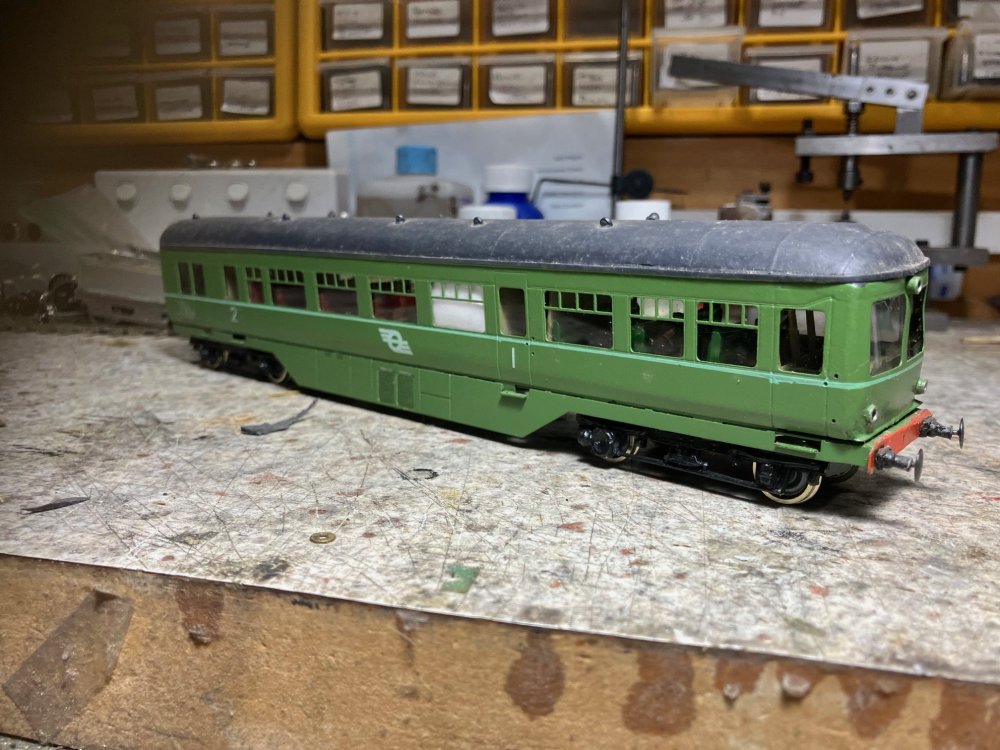
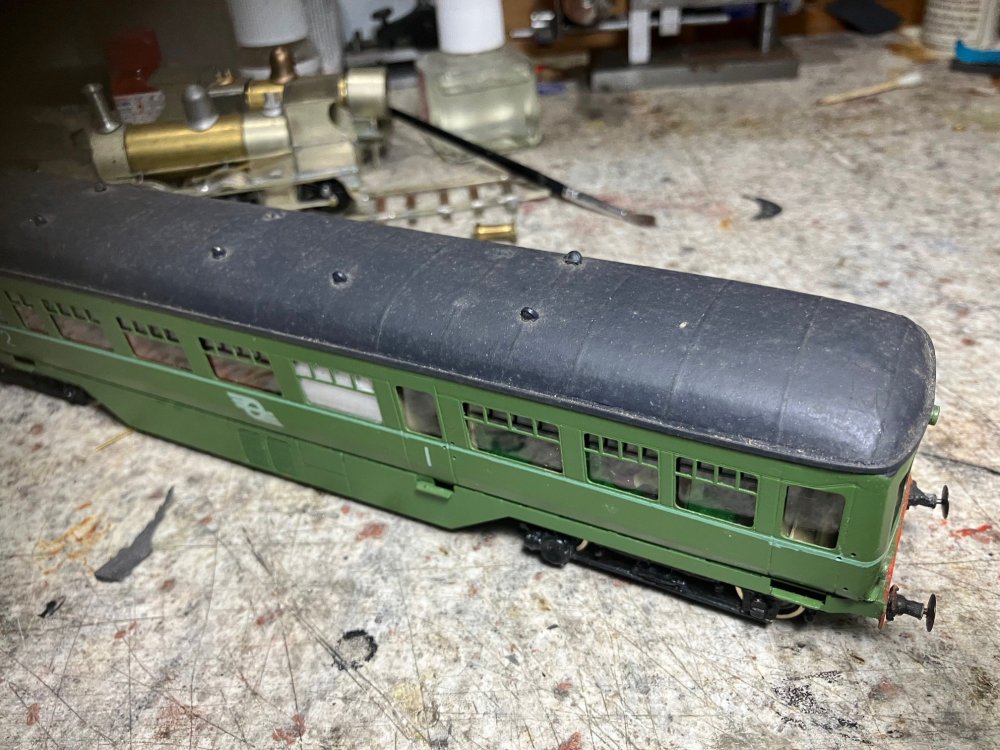
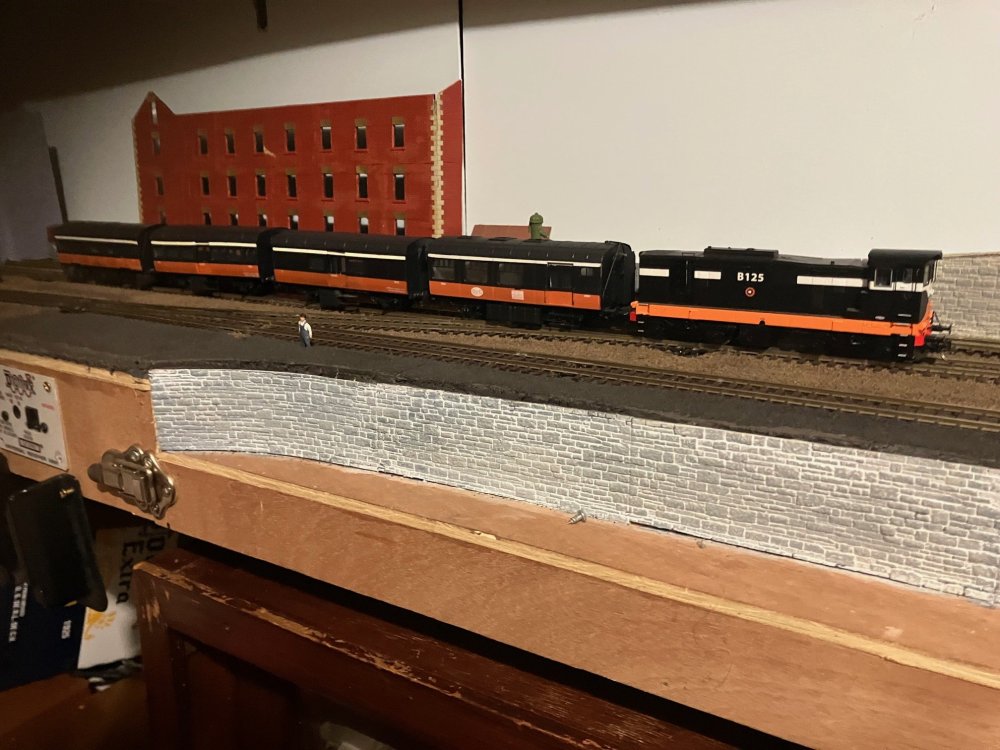
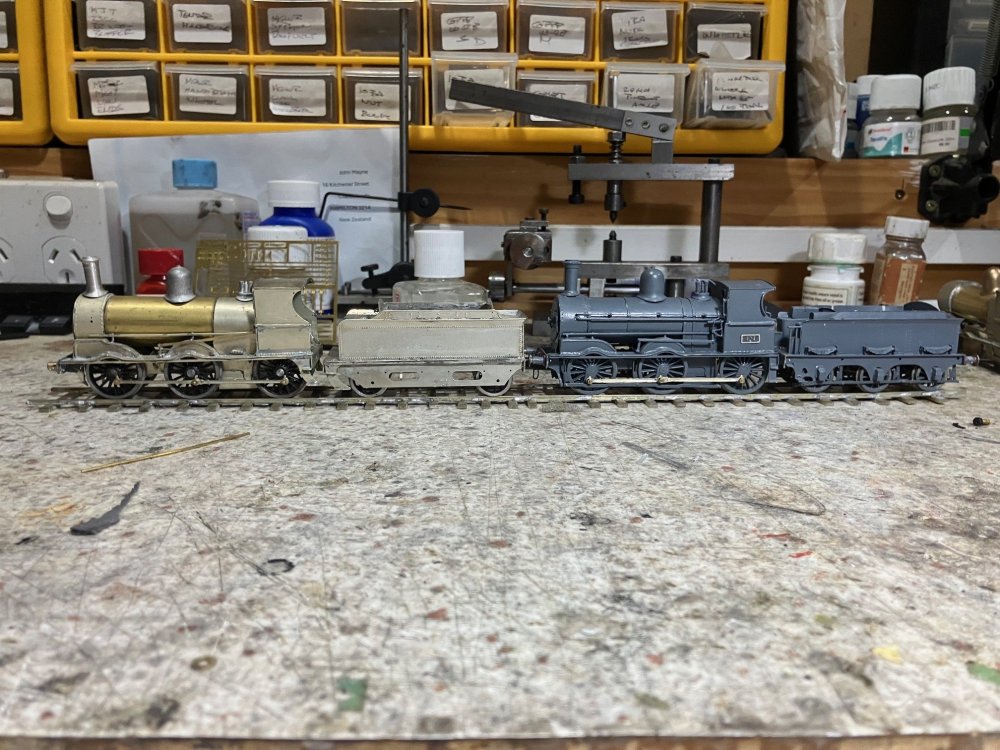


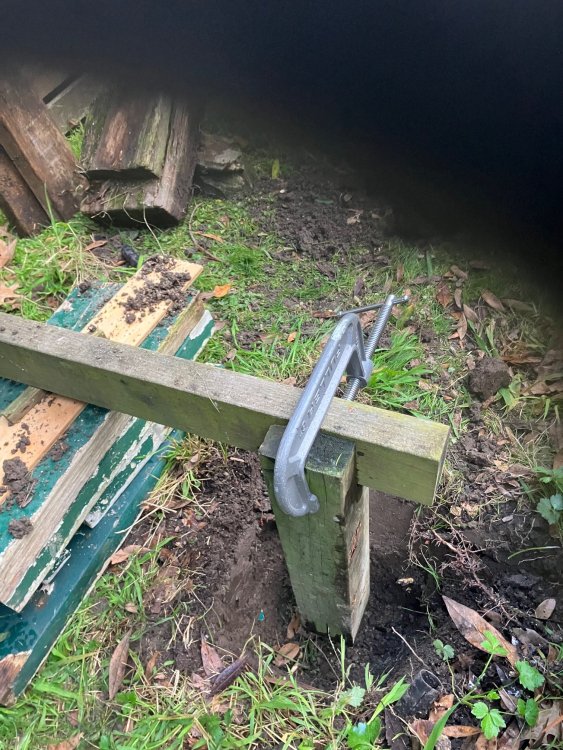
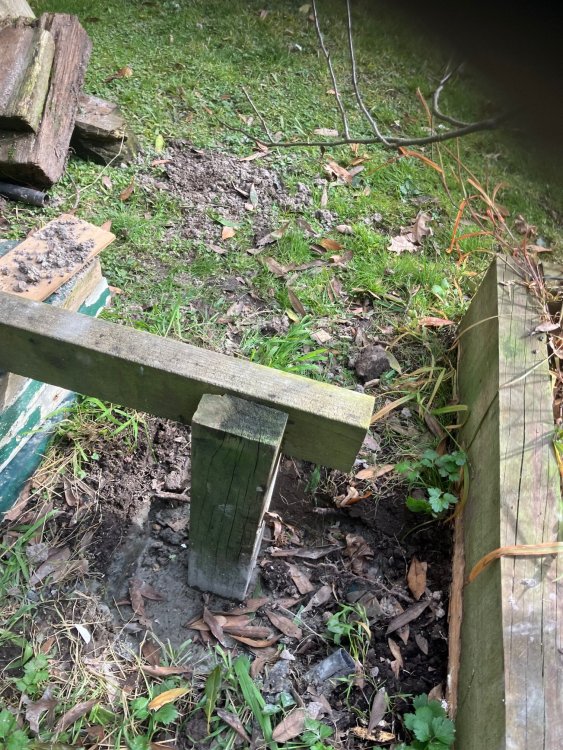
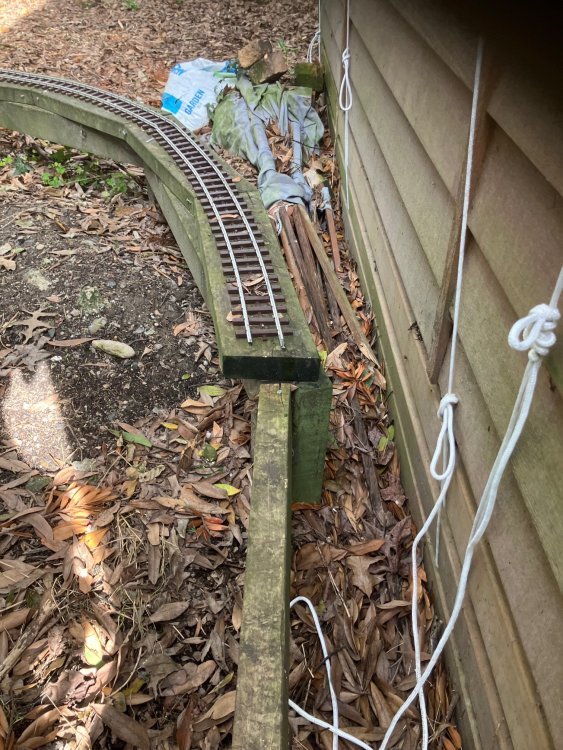

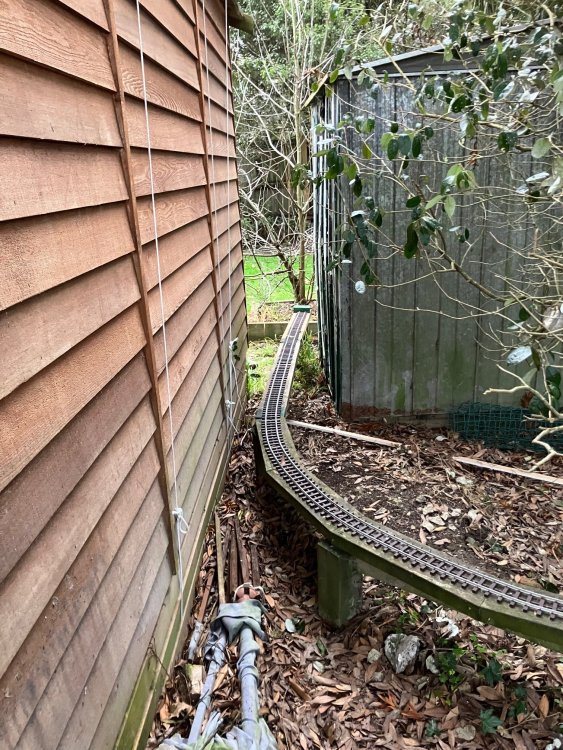
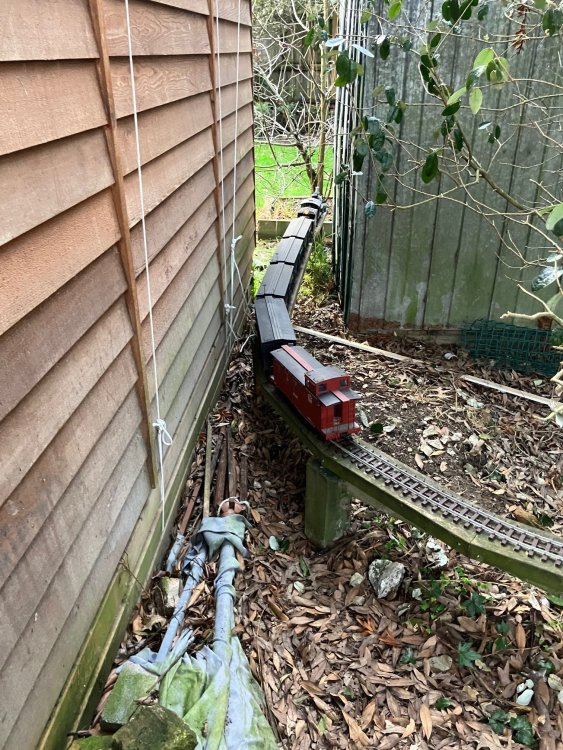
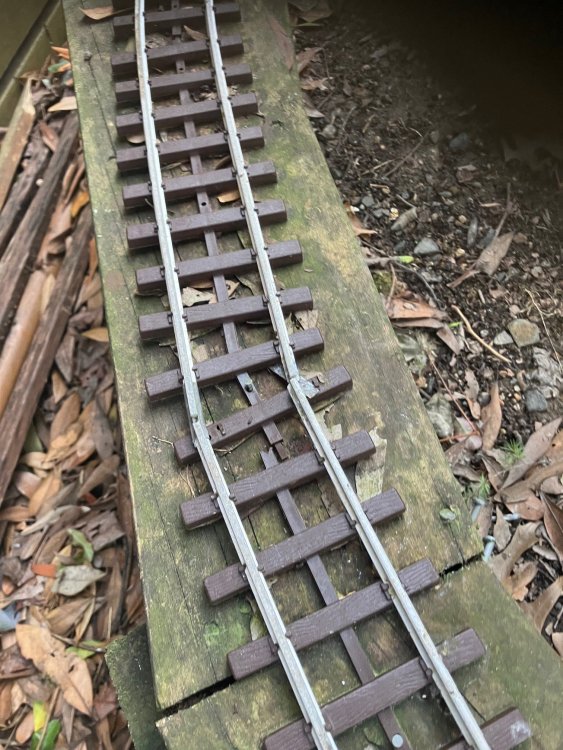
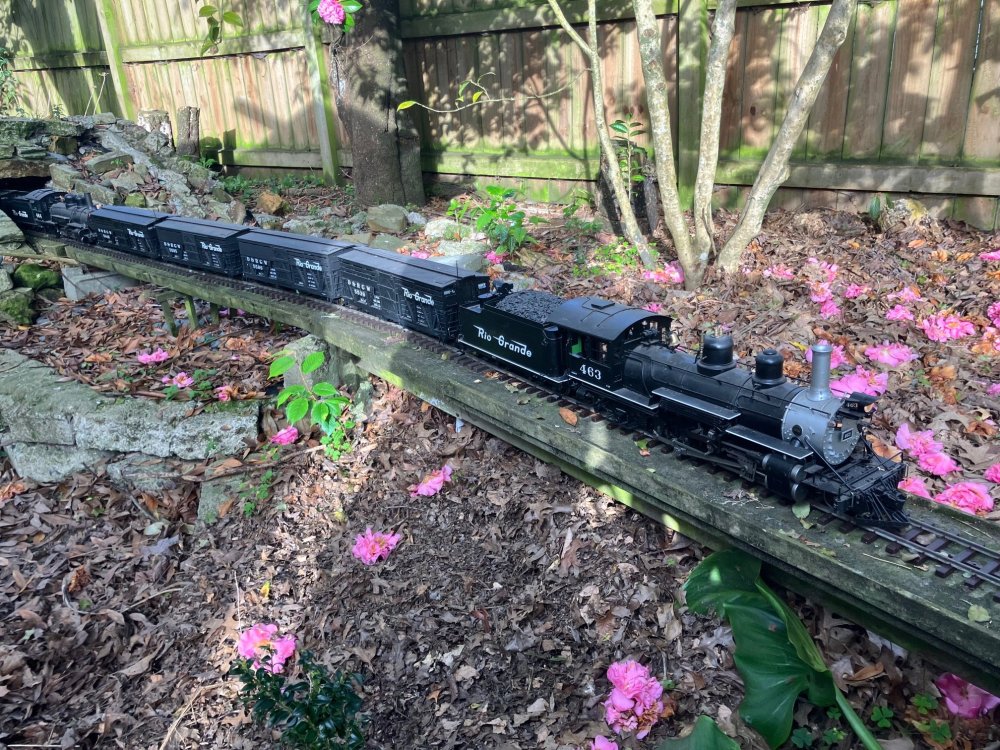
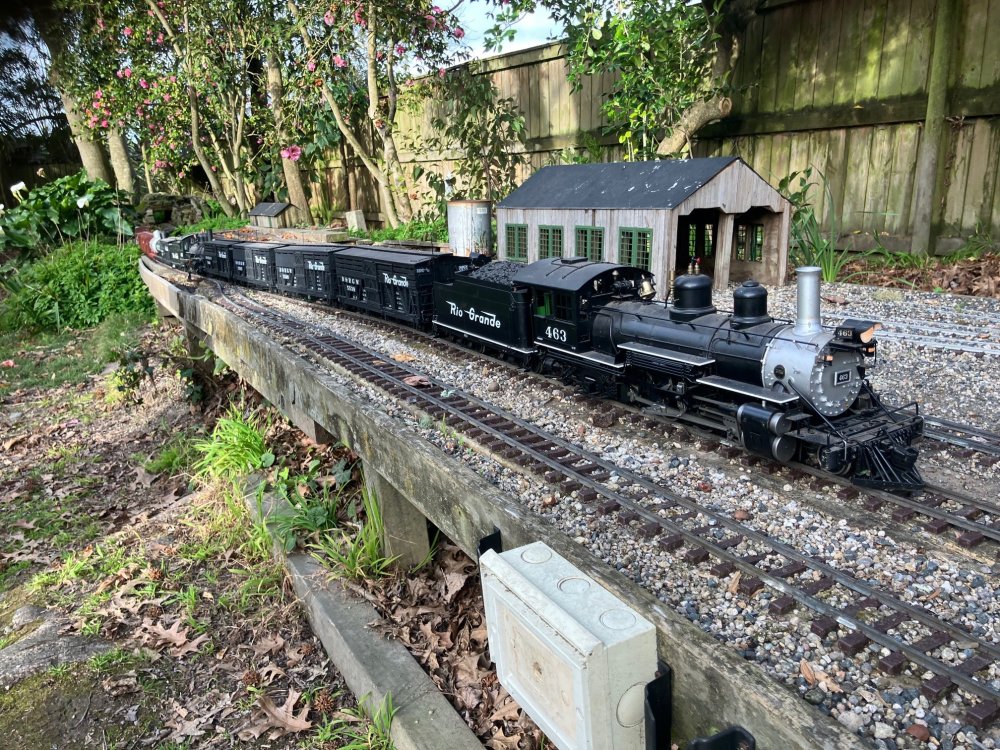
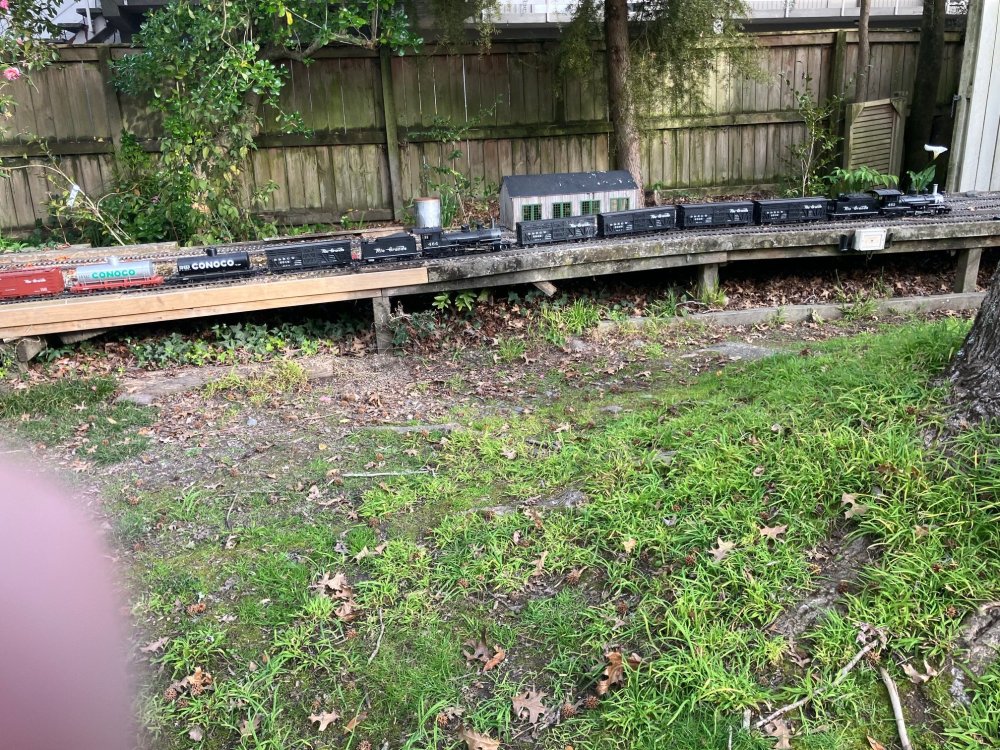
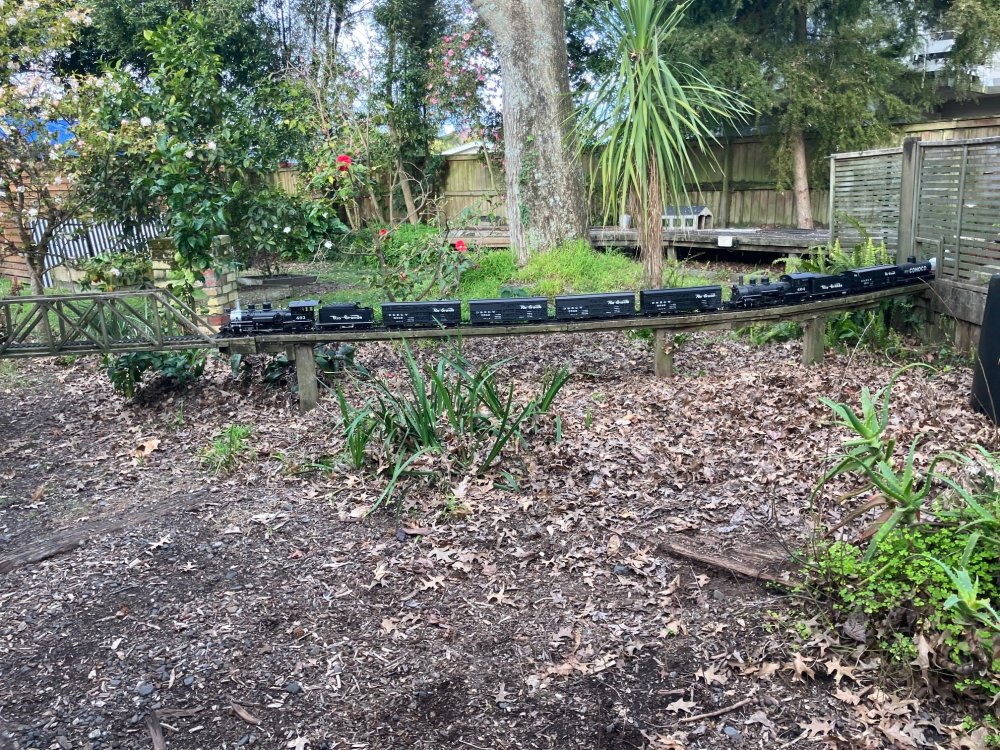
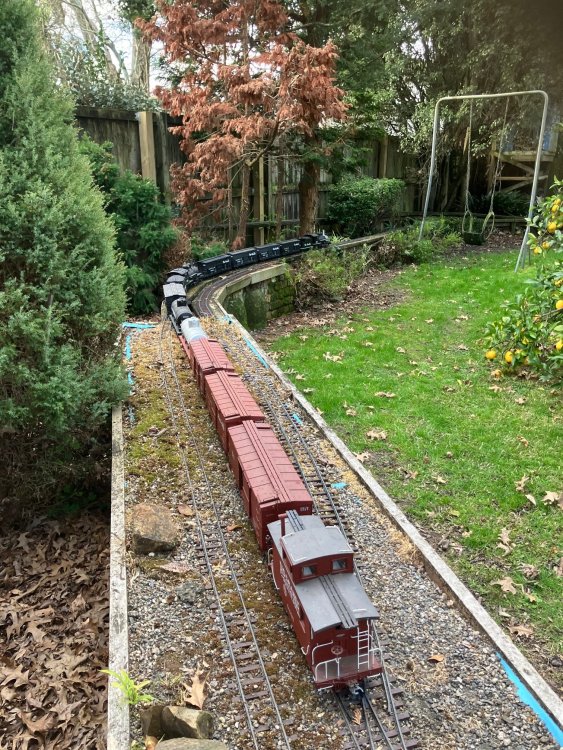
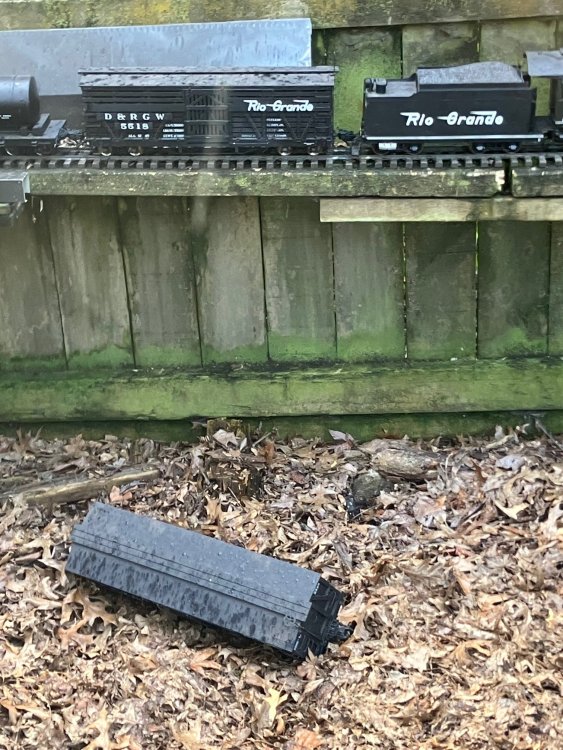

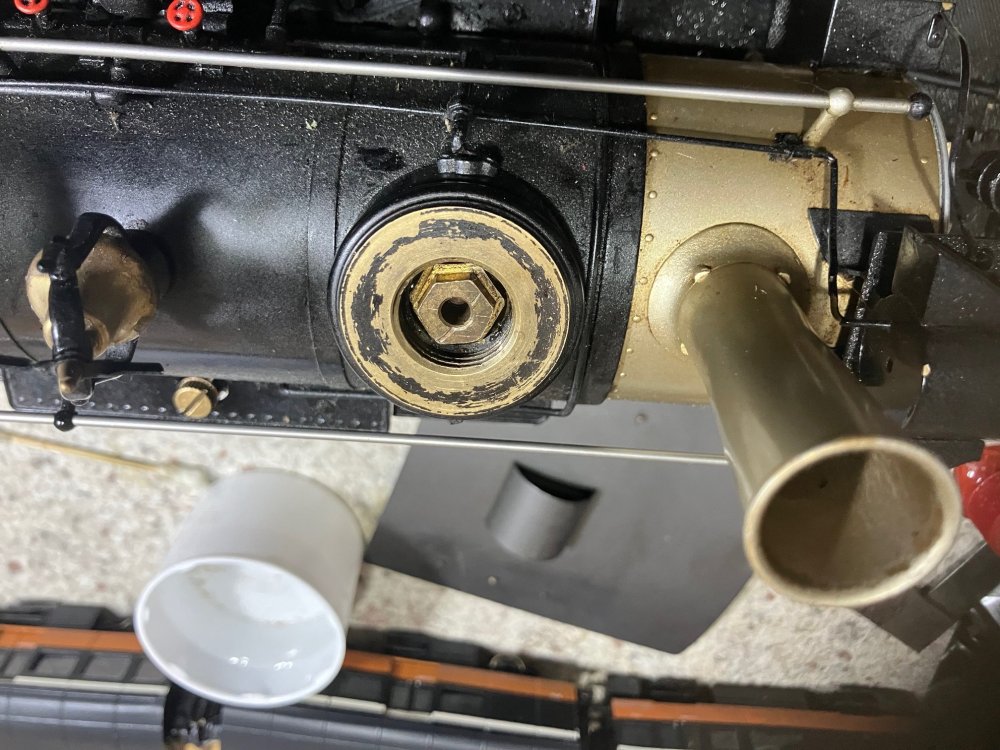
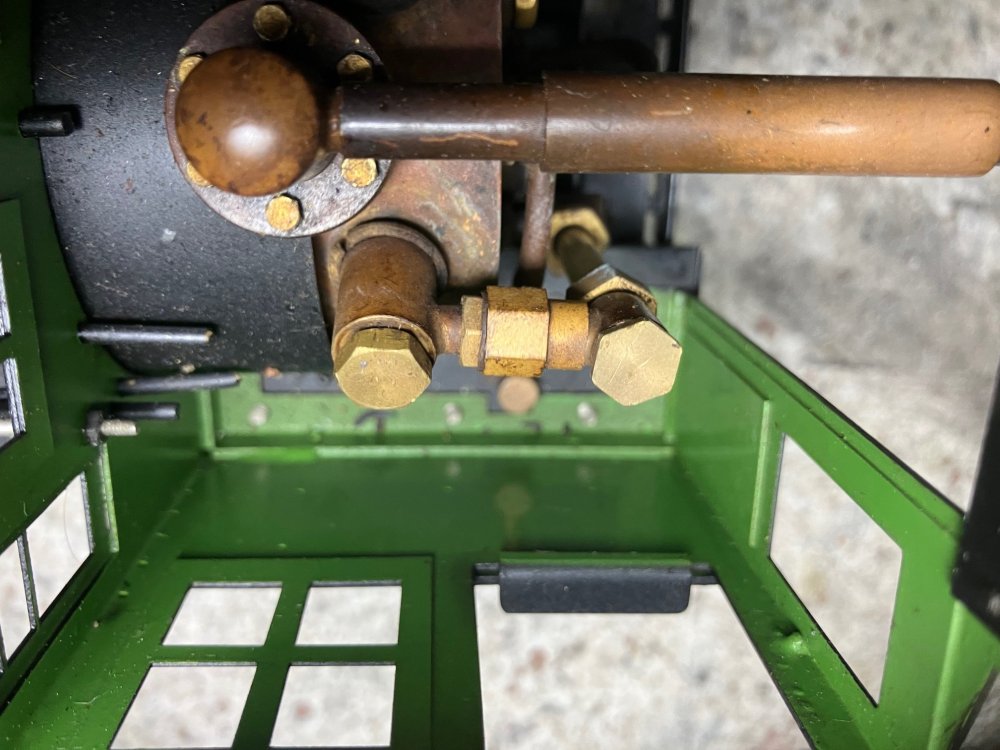
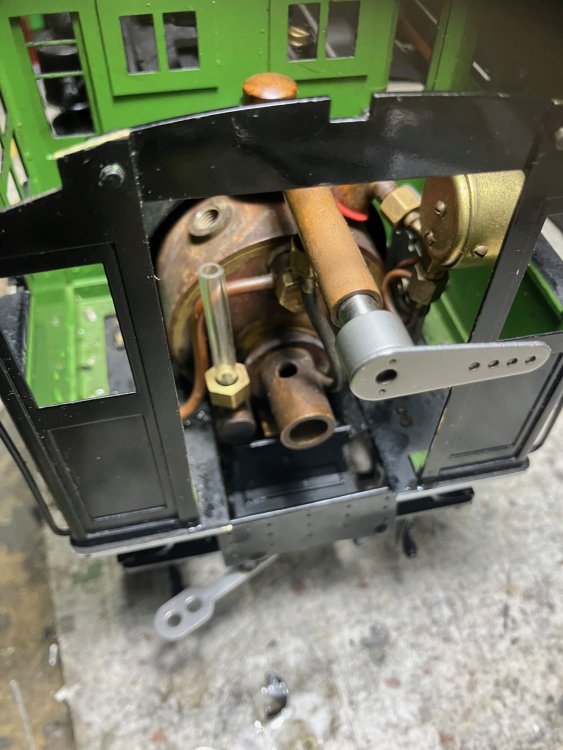
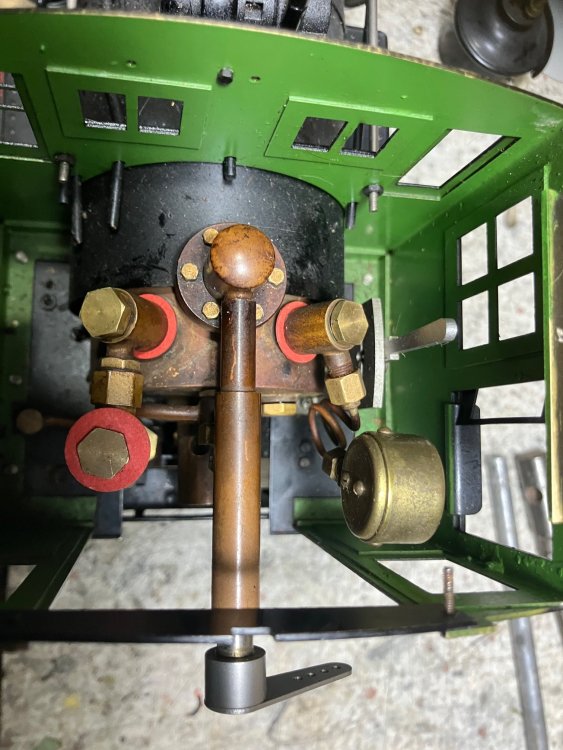
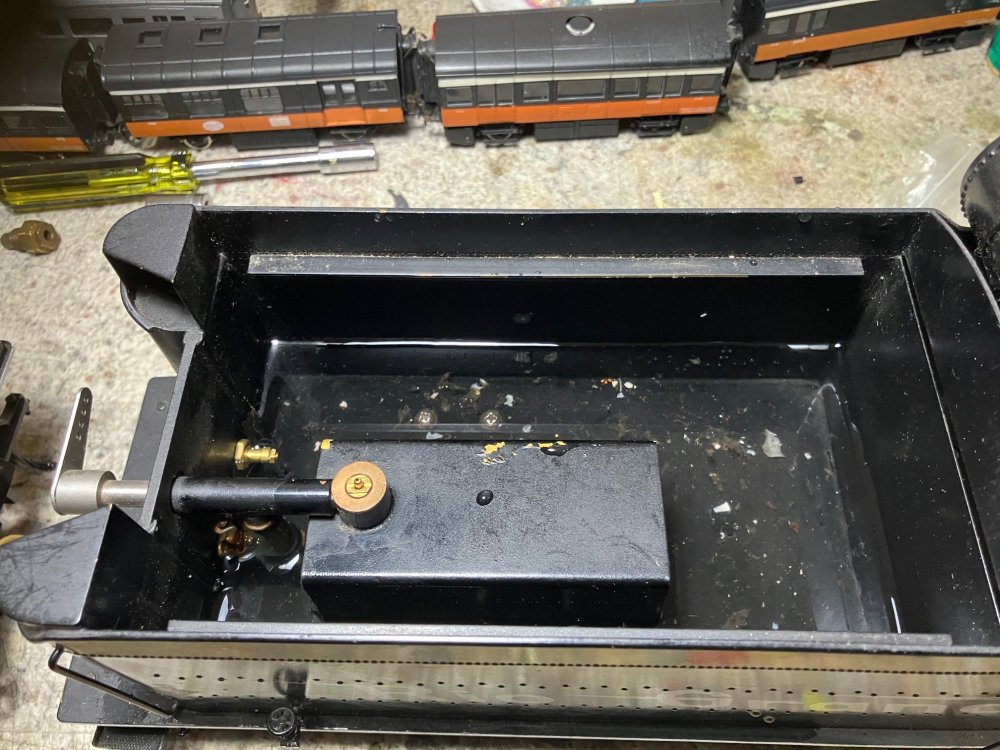
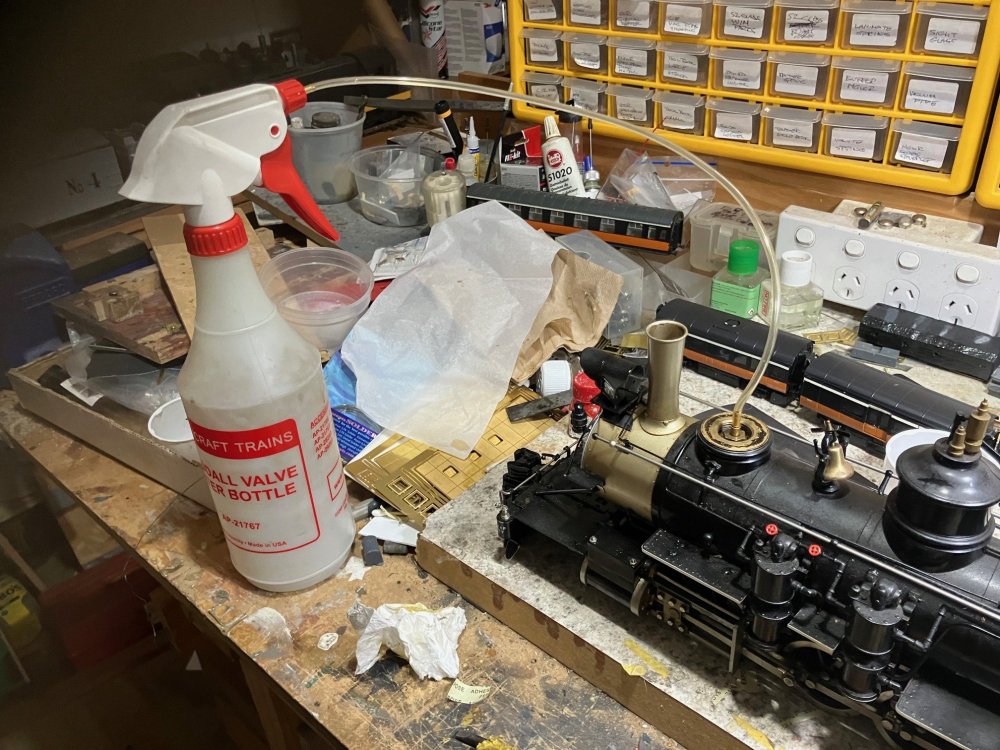
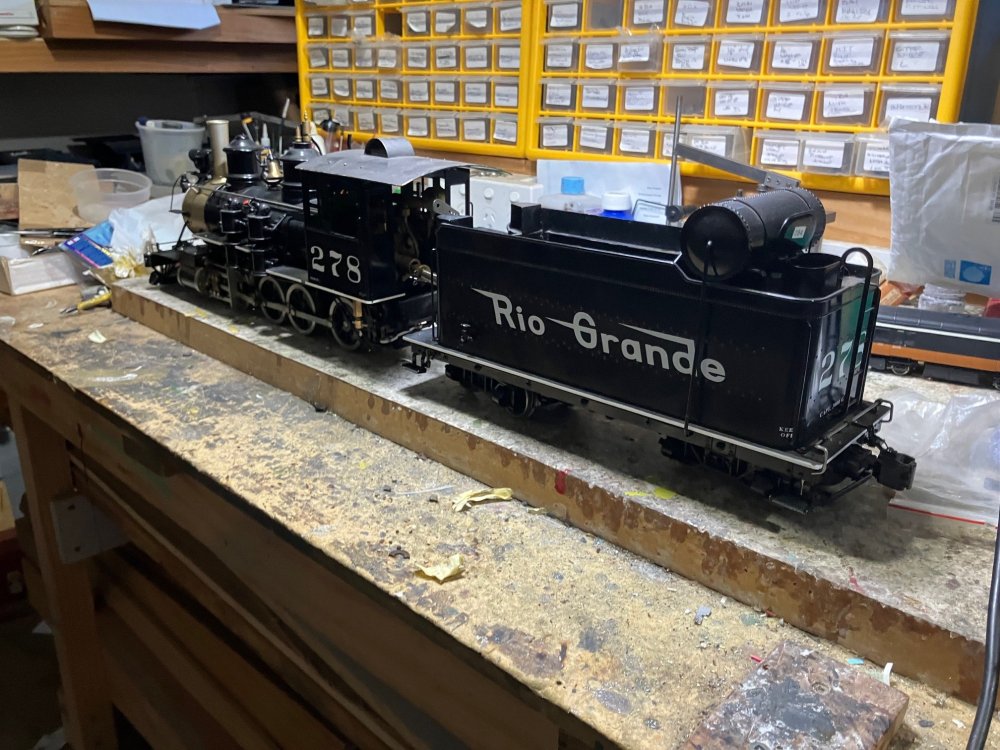
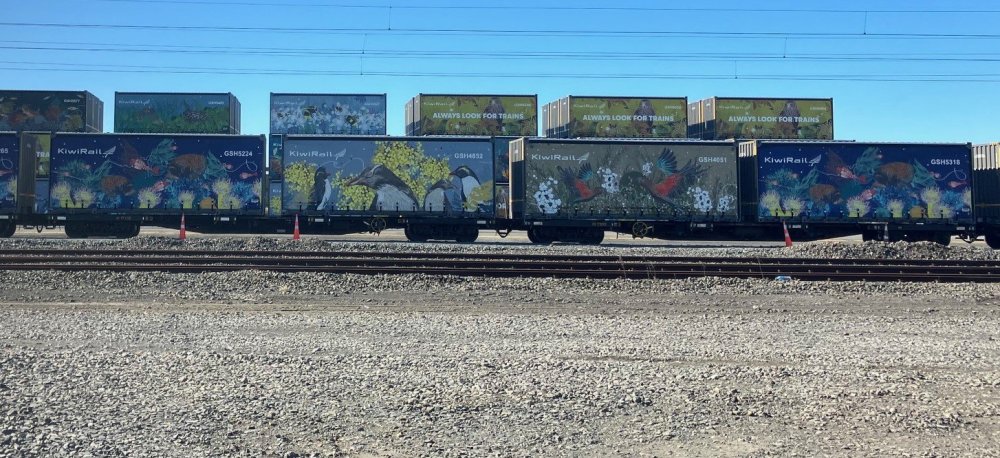
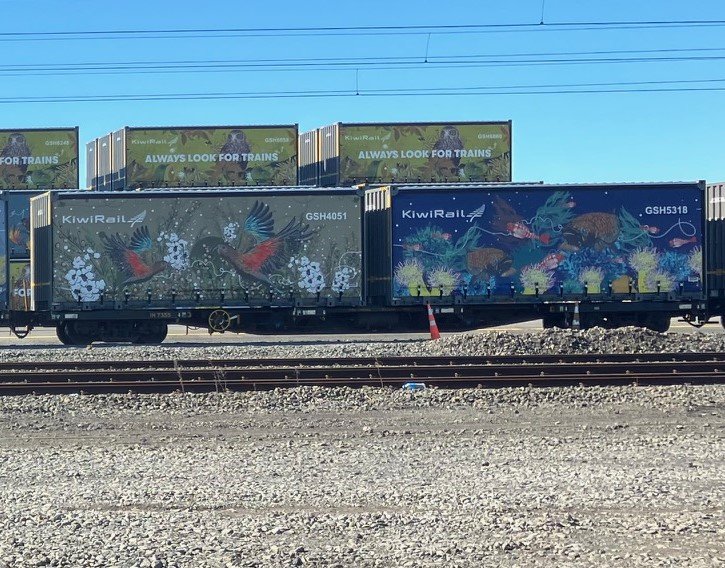
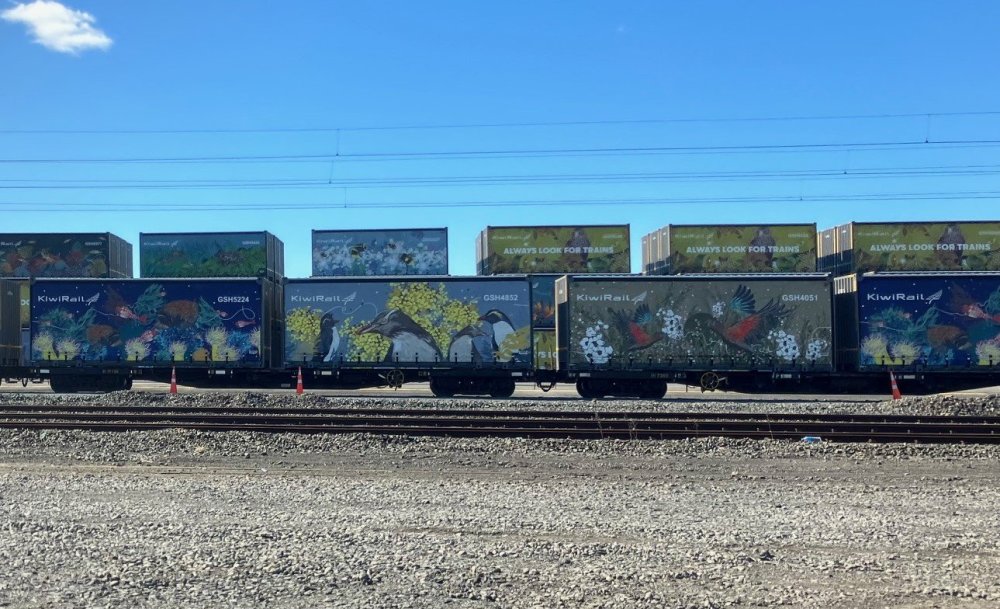
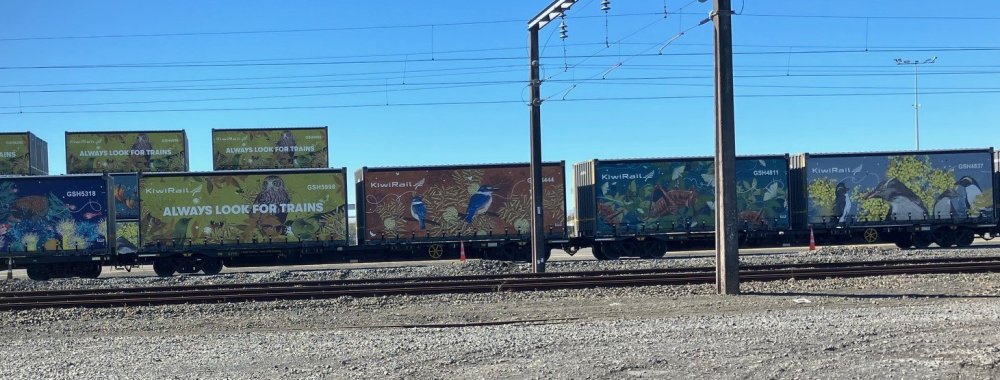
.jpg.71fde774fd14967e3b45a91cd89ddfed.jpg)
.jpg.3ad63d45a7b973000a2a7fdfdff1e687.jpg)

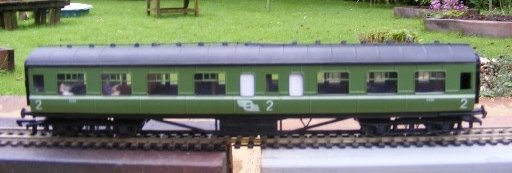
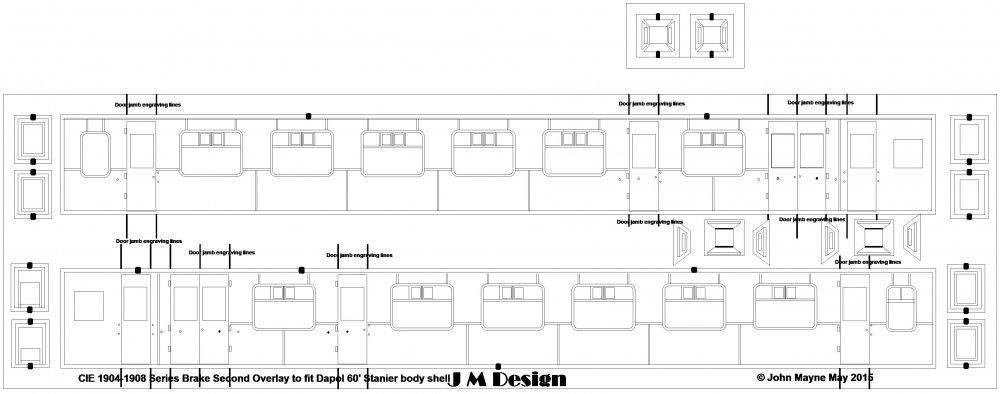

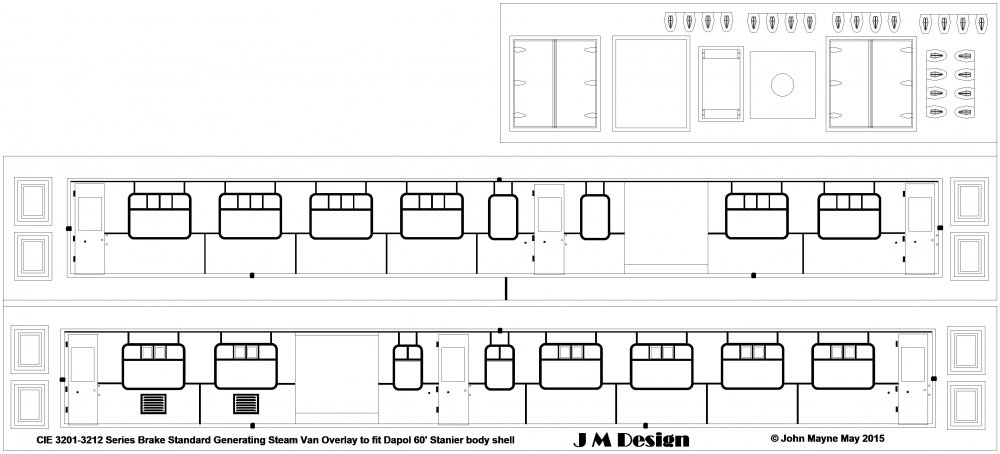
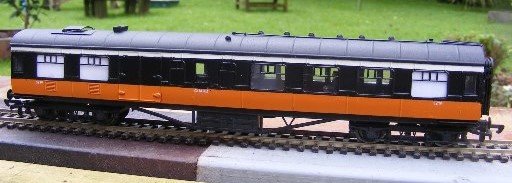

.jpg.e8fffece28f630f50ffcbbeb29d39e4e.jpg)